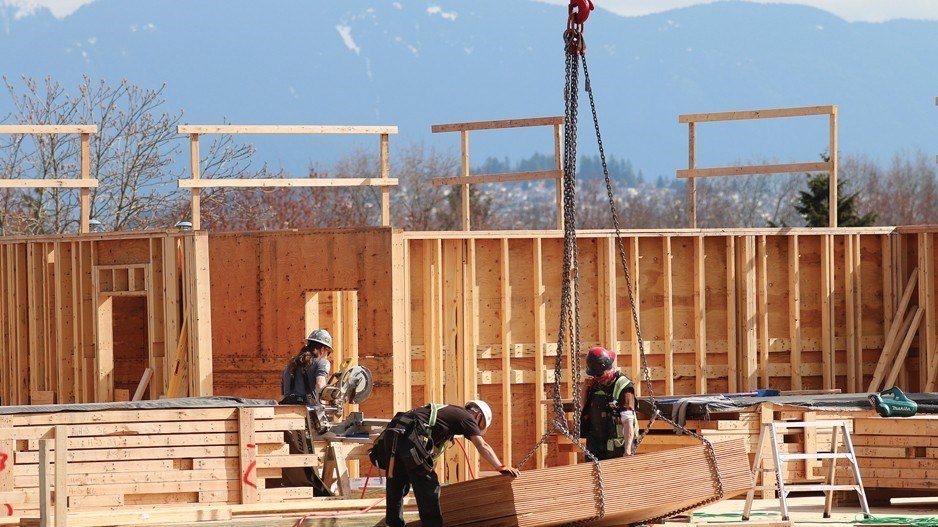The group that represents residential builders in Canada wants Ottawa to offer a 30-year amortization period for insured mortgages on new homes.
The Canadian Home Builders' Association says extending the period an additional five years would help with affordability and spur more construction.
The move would bring more first-time homebuyers into the market, in turn encouraging developers to build more homes, association CEO Kevin Lee told a news conference Thursday.
"Canadians would love to buy homes. The problem is they can't afford to buy homes and can't access mortgages that would enable them to buy homes," Lee said.
"And if we don't have people able to purchase, then builders aren't able to go ahead and build those homes."
The proposal is one of several recommendations made by the association in a new report that lays out ways policymakers can help the industry build more homes.
Housing expert Mike Moffatt said he likes some of the recommendations made by the group, including setting up an investment tax credit to support productivity growth in the sector.
But offering a longer mortgage risks boosting demand without addressing the core issues behind the shortage, he said.
"I don't think it's particularly harmful. But I also don't think it's particularly helpful either," Moffatt said in an interview.
The Canadian Mortgage and Housing Corp. estimates the country needs to build 5.8 million homes by 2030 to restore housing affordability.
Canada's housing shortage has worsened amid strong population growth, which in turn has put more pressure on governments to tackle the affordability crisis.
The Liberal government has been under intense scrutiny for the erosion of housing affordability, with Conservative Leader Pierre Poilievre pinning the blame squarely on the prime minister.
Housing Minister Sean Fraser has conceded that Canada won't be able to significantly ramp up home construction without innovation.
The federal government is hoping to boost productivity and speed up construction with modular homebuilding — dwellings that are built in a factory setting and assembled on-site.
In the fall, Fraser said the federal government would launch a catalogue of pre-approved home designs that would speed up the permitting process and incentivize more factory-built homes.
About a quarter of homebuilders are using some form of factory-based construction, but there's still plenty of room to grow the technology, Lee said.
The association wants a refundable tax credit equal to 30 per cent of investment in machinery and equipment, similar to the investment tax credit created for clean technologies.
A strategy similar to what the government has done to boost the development green economy makes sense, Moffatt said.
"I think that could be exceptionally useful, because we're not going to be able to to scale up homebuilding just by doing more of the same."
The federal government is currently working on a housing plan that Fraser has suggested would be out in the coming months.
That plan is expected to build on the housing policies the Liberals have already announced, including the elimination of GST charges on new developments.
This report by The Canadian Press was first published Feb. 8, 2024.
Nojoud Al Mallees, The Canadian Press




